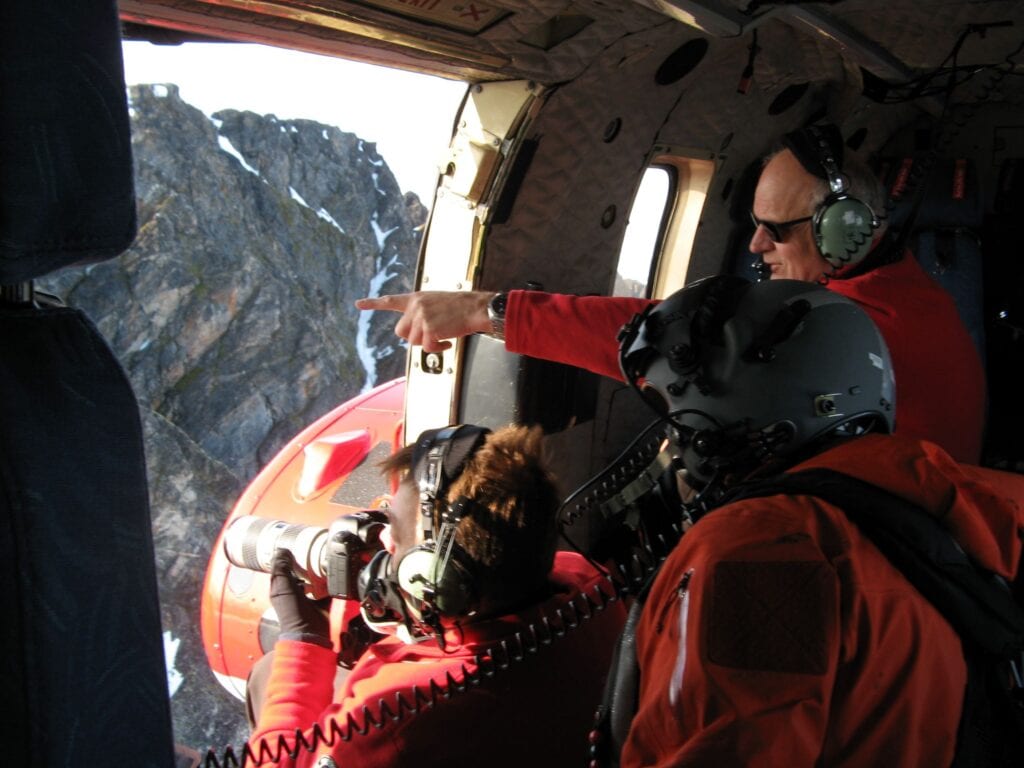More ivory gulls in Svalbard than previously estimated, but population trends are negative
The ivory gull is a relatively rare bird globally, and the breeding population in Svalbard (Norway) is of international significance. Based on recent surveys, the population is estimated to a maximum of 2 000 breeding pairs, but long-term monitoring of selected colonies reveals a 40 % decline over a 10-year period. The current decline could be related to the ongoing decline of summer sea ice in the Barents Sea.
Sea ice specialist
The ivory gull is a high-Arctic seabird associated with sea ice, and it is the only Arctic seabird directly dependent on sea ice throughout the year. It breeds at high latitudes and is a relatively rare breeding bird globally. Due to its remoteness, there have been few studies of the ivory gull. Little is known about its ecology, and it is one of the most poorly known seabirds in the world.
Since 2006, SEAPOP has conducted annual surveys of population status and trends of ivory gulls in Svalbard. From knowing nothing about active colonies in 2006, scientists have mapped 117 colonies, of which 80 have been active in the period 2006-2020. A selection of 32 colonies has been surveyed annually to assess information about population trends.
Uncertain future
Based on the most complete survey in 2019, the population of breeding ivory gulls in Svalbard is estimated to be between 1 500 and 2 000 breeding pairs, which is more than previously assumed. However, annual surveys of 32 colonies show an overall 40 % decline in the numbers of breeding sites. Inter-annual fluctuations in the number of breeding birds were not synchronous among colonies, which can be explained by movements of breeding birds between colonies. A 40 % decline in such a small population is critical, but the results corroborate recordings in other parts of the Arctic.
The decline in breeding ivory gulls in Svalbard could be related to the ongoing decline in summer sea ice in the Barents Sea, as well as less sea ice along migration routes and in wintering areas. This study provides an important basis for the management of ivory gulls in Svalbard.
Read the article:
Contact person: Hallvard Strøm, Norwegian Polar Institute

